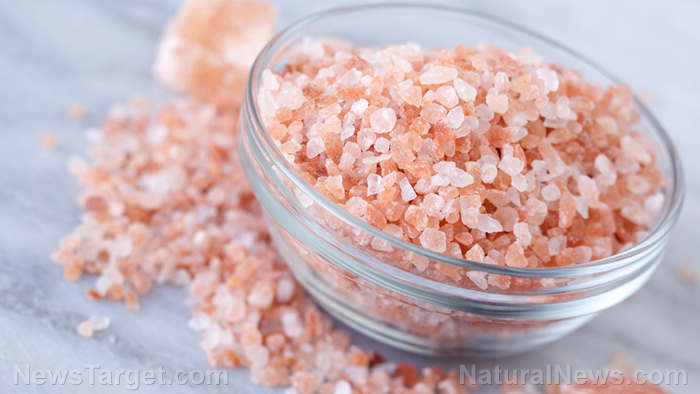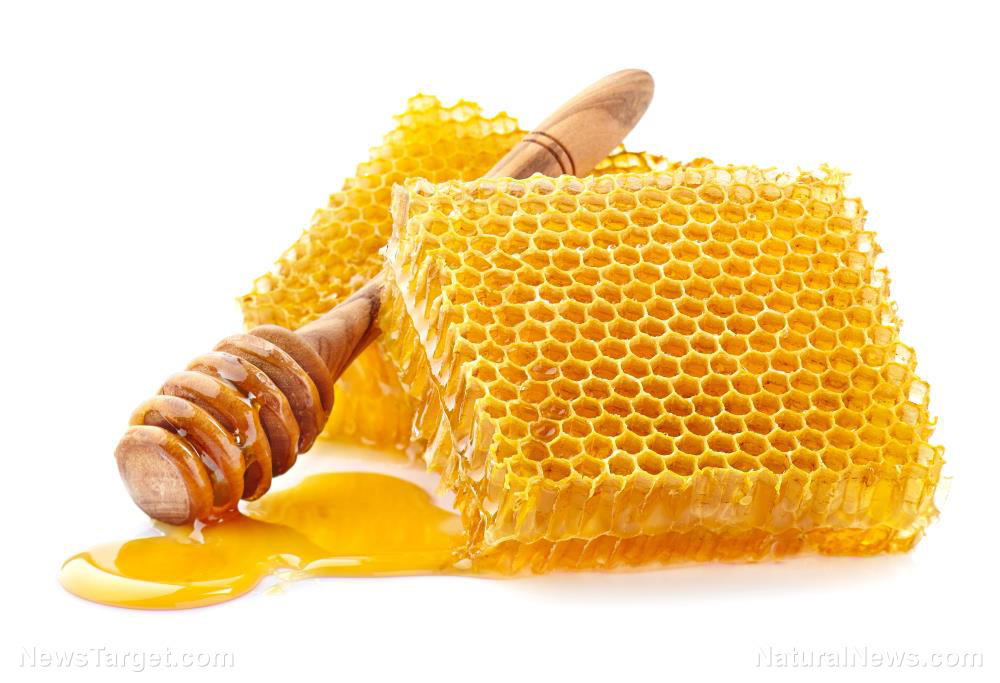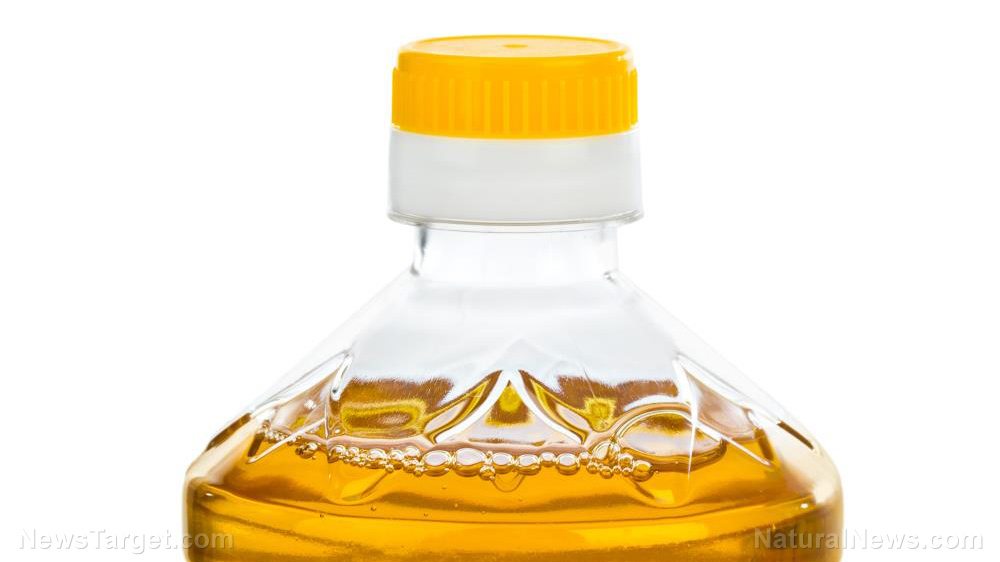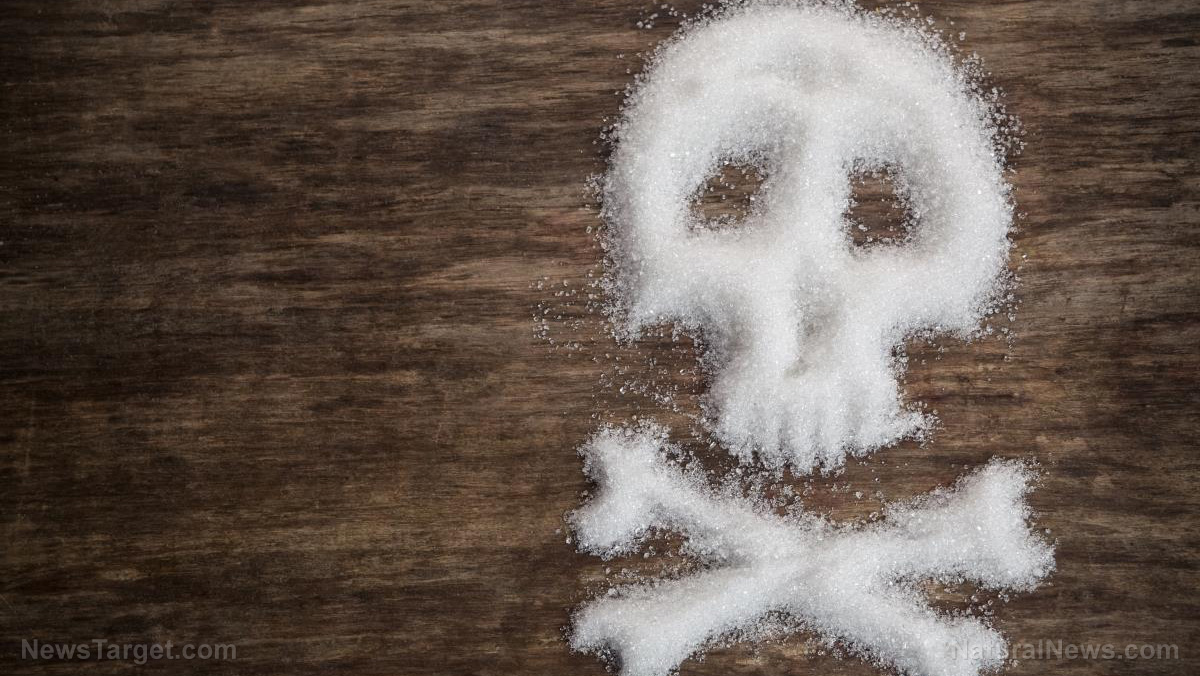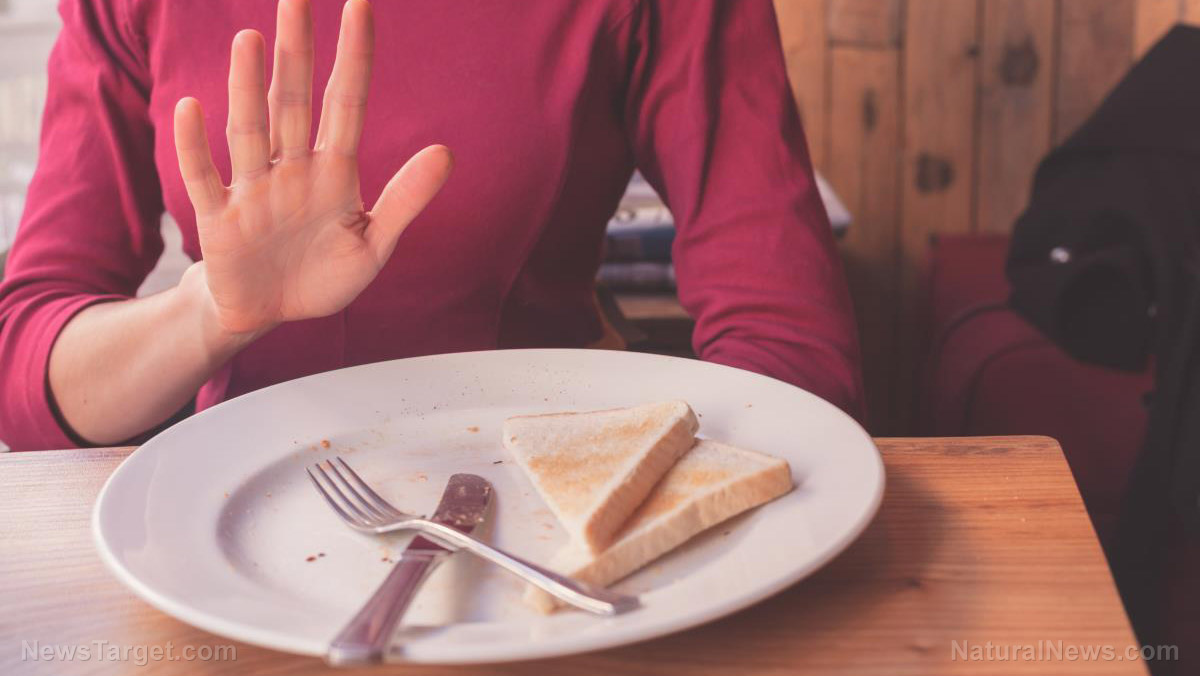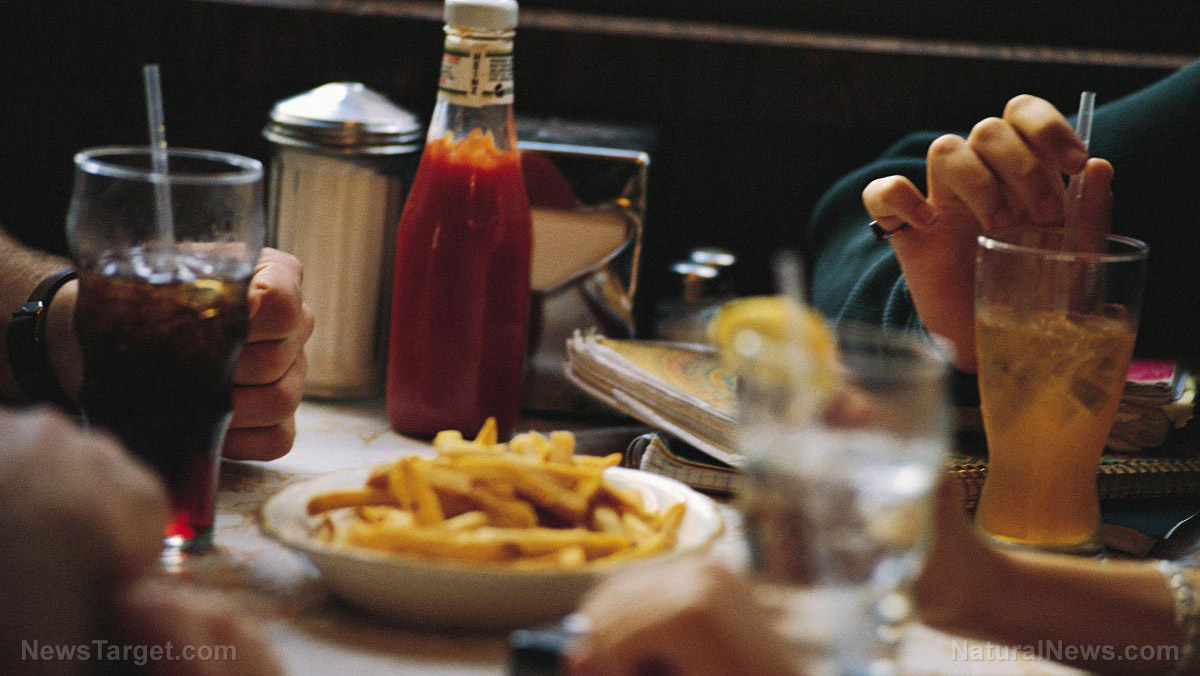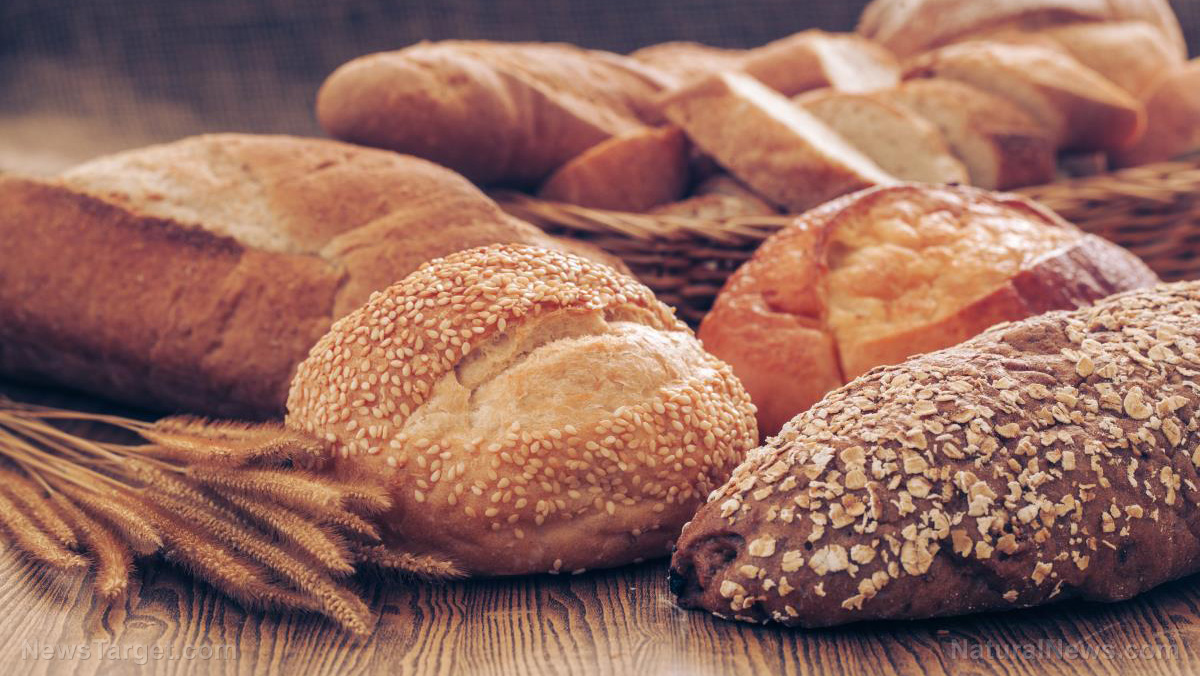Toxic preservative? Sea salts are not as sterile as previously thought; mold contamination could potentially spoil food
02/04/2019 / By Zoey Sky

Artisanal products such as sea salts are often prized by food lovers, but a study has determined that sea salts can cause spoilage molds.
Based on the study headed by Kathie Hodge, a mycologist from Cornell University, and doctoral candidate Megan Biango-Daniels, there are varying levels of mold contamination in commercial sea salts. Among those molds were important food spoilage molds like Aspergillus and Penicillium, along with some notorious producers of mycotoxins (allergens).
Biango-Daniels said, “This new finding contradicts the conventional wisdom that salts are sterile ingredients.” The research discussed the importance of knowing the risk that comes with using sea salt during food production.
For the study, the researchers used seven different commercial salts. They then extracted living fungi from the sea salts, which was grown in the lab for identification. The fungi discovered in the salt have the potential to spoil food when used as an ingredient and can introduce mycotoxins when consumed.
For the levels discovered in the study, which is an estimated 1.7 spores per gram, using sea salt on food that you’re going to eat immediately isn’t dangerous to your health. However, there can be dire consequences when sea salts are used at home or industrially for making cured meats, fermented pickles, or brined cheeses. Since these foods mature over time, molds introduced with sea salt can thrive and spoil food, which can make it very toxic.
Hodge, who is also an associate professor in the Plant Pathology and Plant-Microbe Biology Section in Cornell’s College of Agriculture and Life Sciences, added “fungi can survive in surprisingly hostile places. They can’t increase or grow in a container of sea salt – nothing can – but spores of some fungi survive quite happily there. Later they can wake up and make trouble in our food.”
Fungi can make their way into sea salts during production from seawater or during storage and packaging. Sea salt production begins when seawater is trapped in outdoor ponds called salterns. Once the seawater evaporates, salt crystals form and are scraped up from the ponds and dried.
Fungi may remain from microbes that live in the salterns, or their spores may come from the air over weeks of evaporation. Once fungi are in the salt, they can grow again once they are stored in a moister environment.
The researchers warned that microbial safety standards for this currently unregulated ingredient are necessary to avoid food spoilage.
More on food spoilage
Food spoilage is often indicated by a change in appearance different from the food in its fresh form, like a change in color or texture, an unpleasant odor, or a strange taste.
These factors often cause food spoilage:
- Light
- Oxygen
- Heat
- Humidity
- Temperature
- Spoilage bacteria
Because microorganisms can be found everywhere in the environment, there is always a risk of spoilage when foods are exposed to unsuitable conditions. Microbial spoilage is caused by bacteria, molds, and yeast.
Aside from making food unpalatable, some types of spoilage can be caused by pathogenic bacteria, which can have serious health consequences. Clostridium perfringens (causes spoilage in meat and poultry) and Bacillus cereus (causes milk and cream spoilage) are also pathogenic. (Related: Scientists find the moringa leaf to be an effective preservative for meat.)
When exposed to unsuitable storage conditions, such as the Danger Zone (between 40 and 140 degrees Fahrenheit), pathogenic bacteria can multiply rapidly and release dangerous toxins that will make you sick if the food is eaten, even if it’s cooked to a safe internal temperature. Keep food out of the Danger Zone by keeping cold food cold, at or below 40 F (4.4 C), and hot food hot, at or above 140 F (60 C).
Spoilage of food concerns both quality and food safety. The U.S. Department of Agriculture (USDA) recommends the Four steps to Food Safety (Clean, Separate, Cook, and Chill) to prevent food spoilage and reduce the risk of food-borne illness.
Find more stories on keeping your food safe for consumption at CleanFoodWatch.com.
Sources include:
Tagged Under: contamination, food contamination, food preservatives, food safety, food spoilage, Food storage, microbial spoilage, mold, sea salt, sea salts


